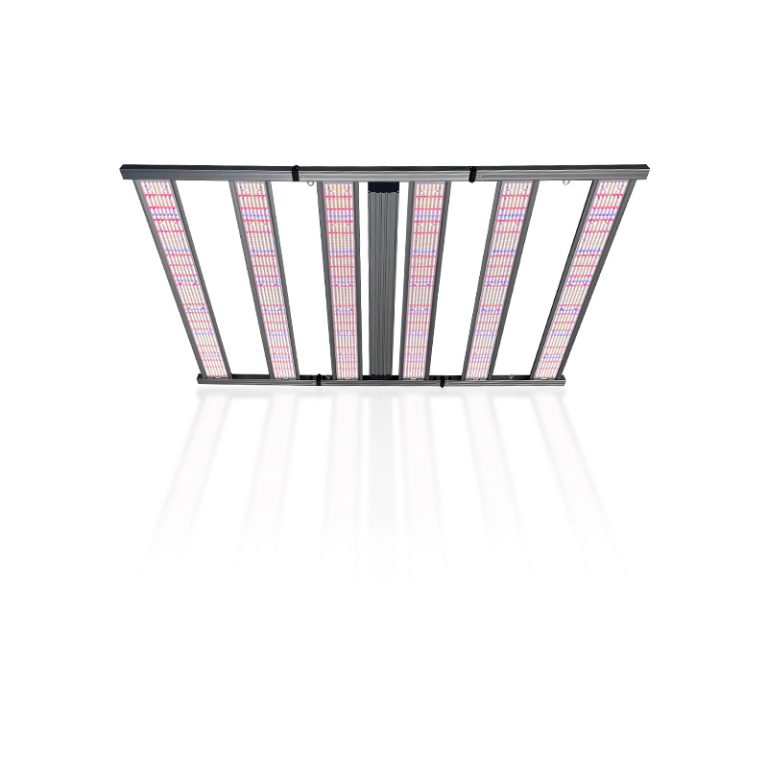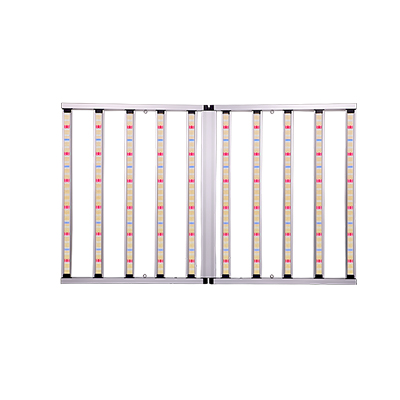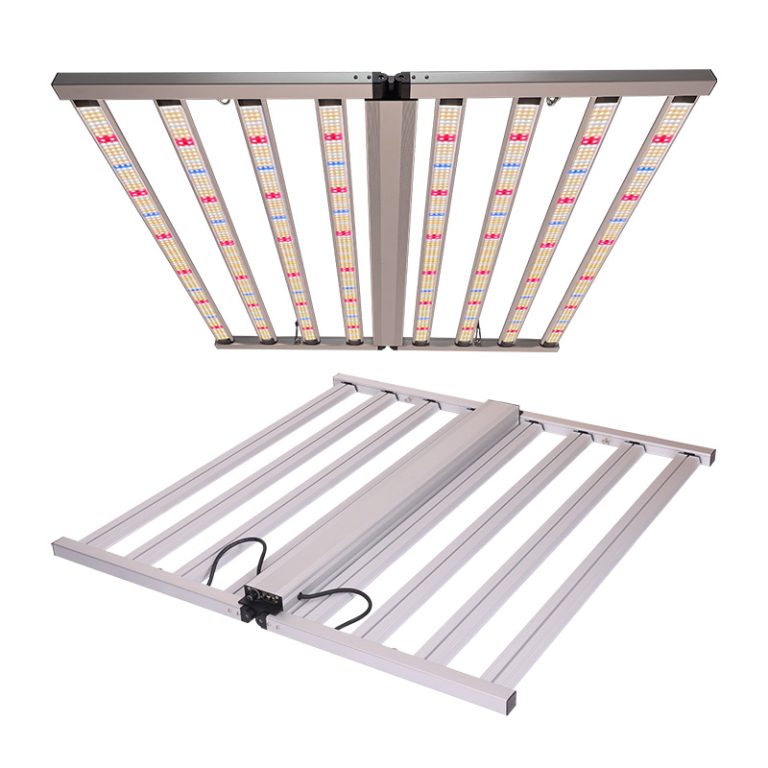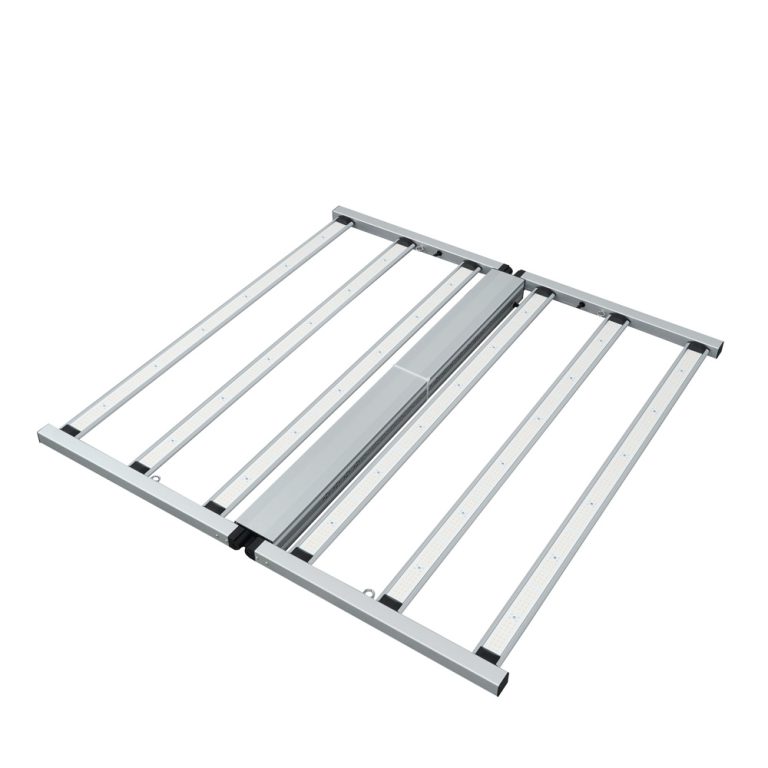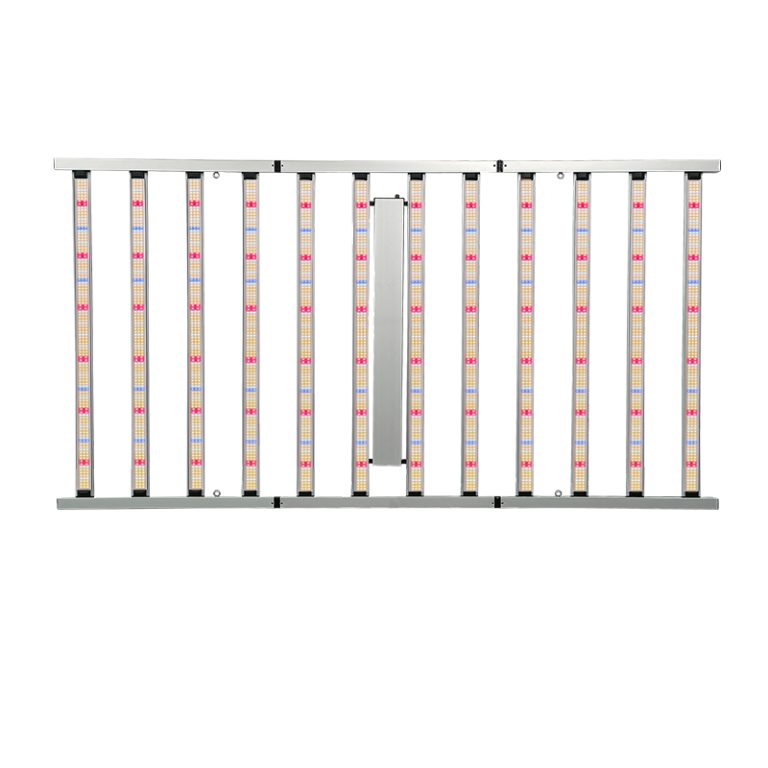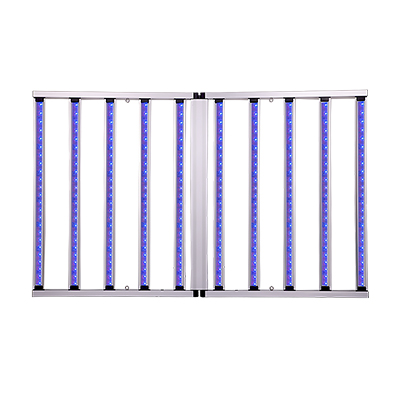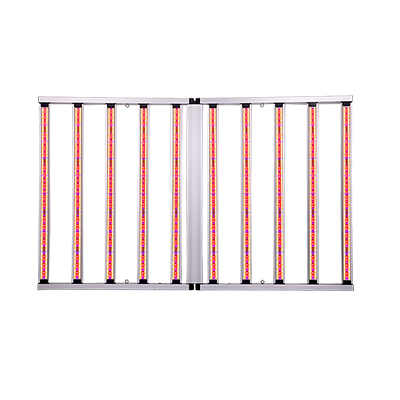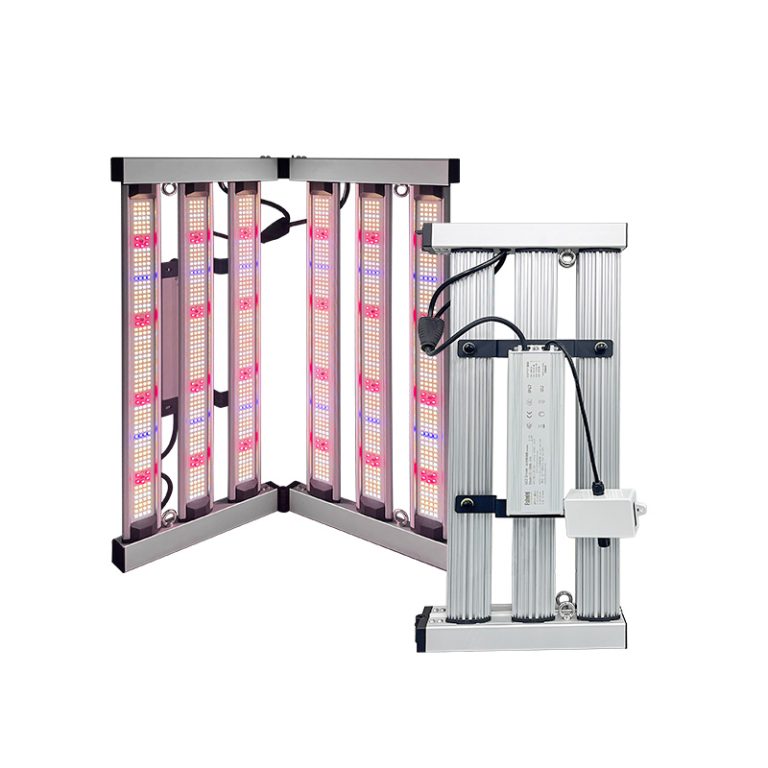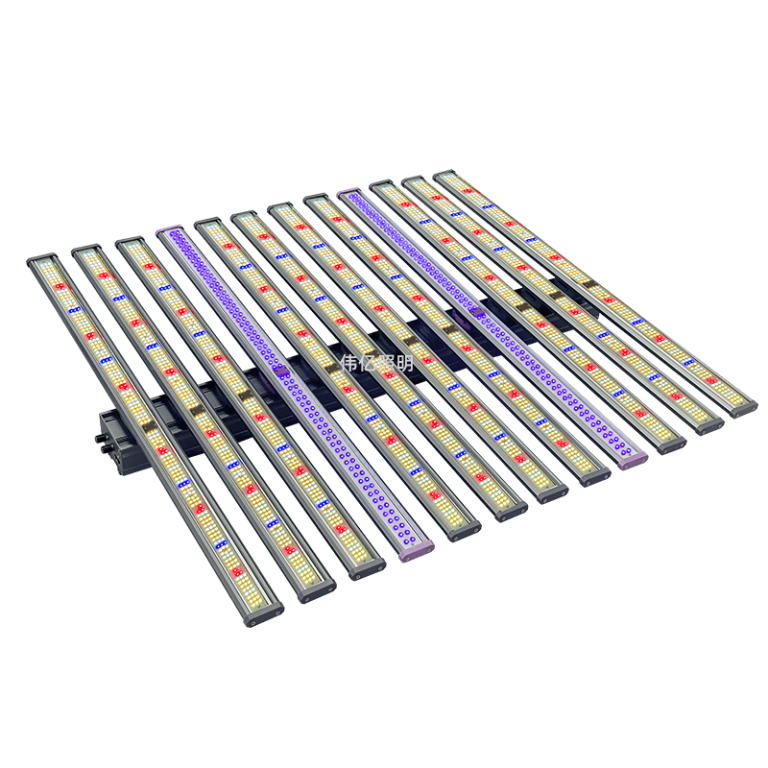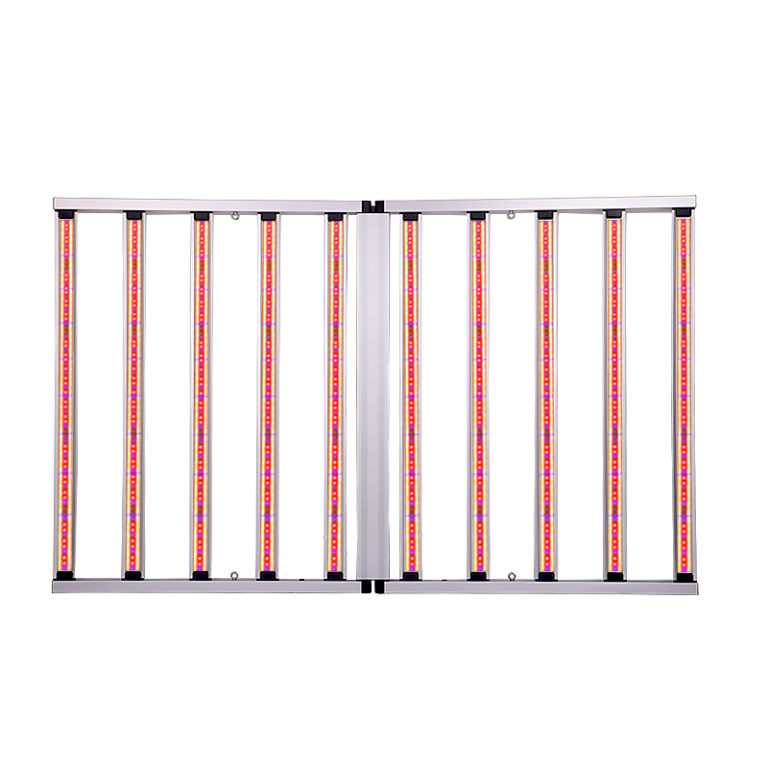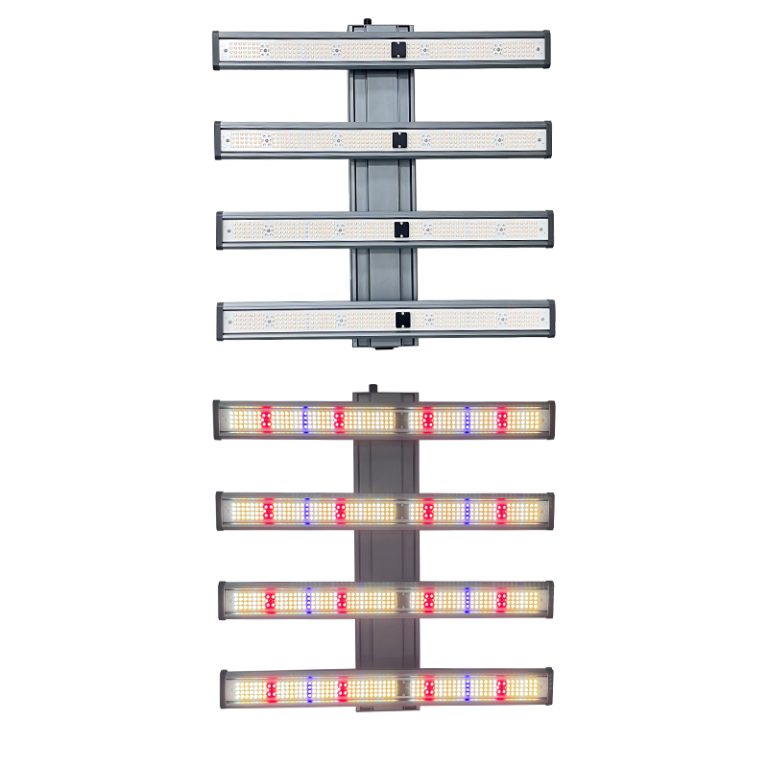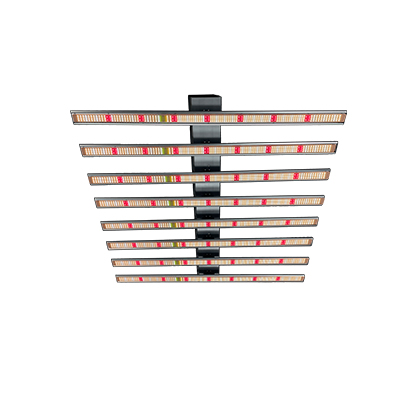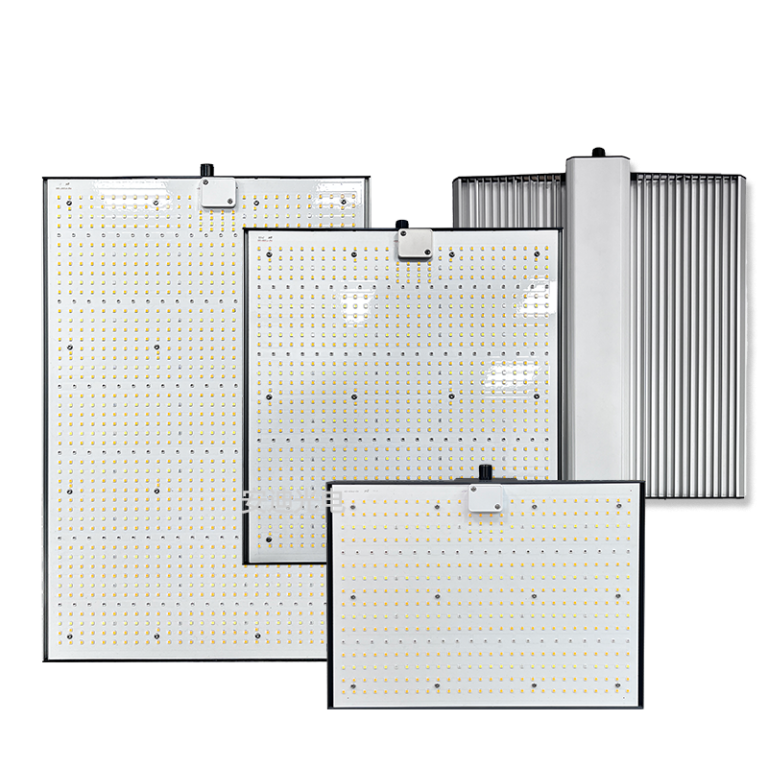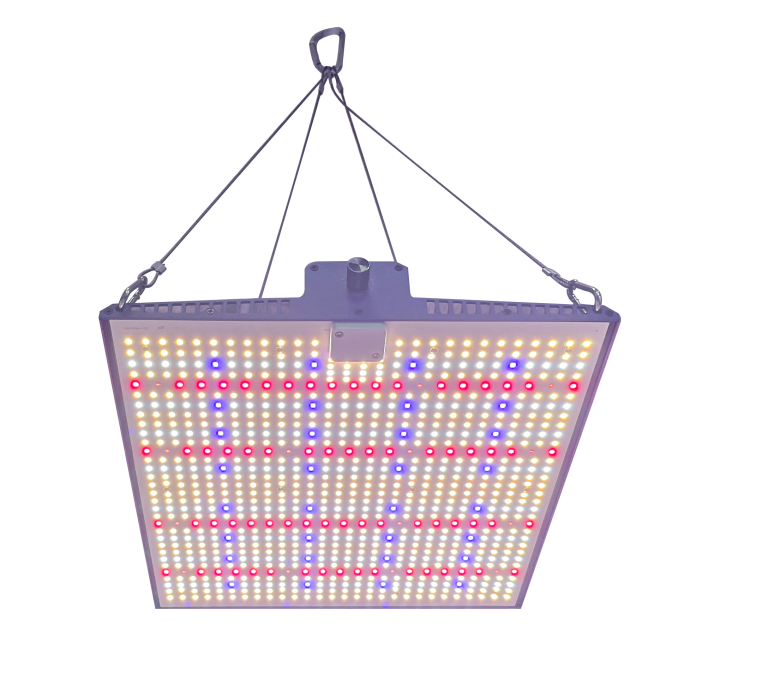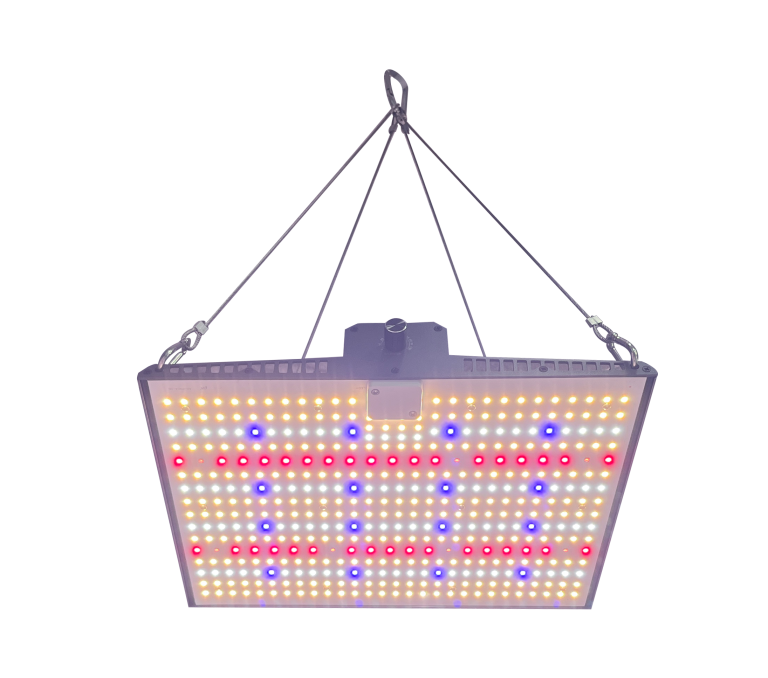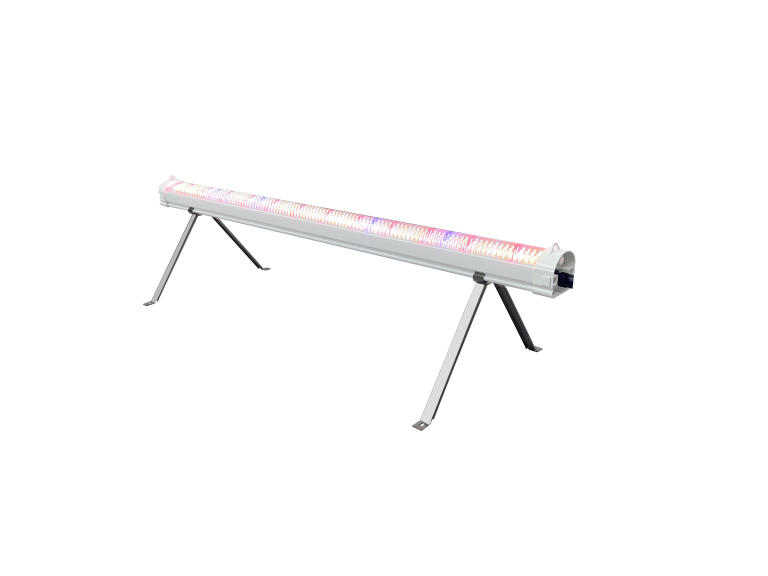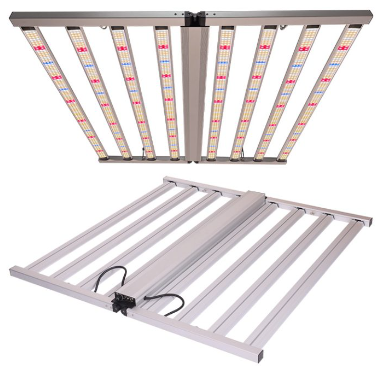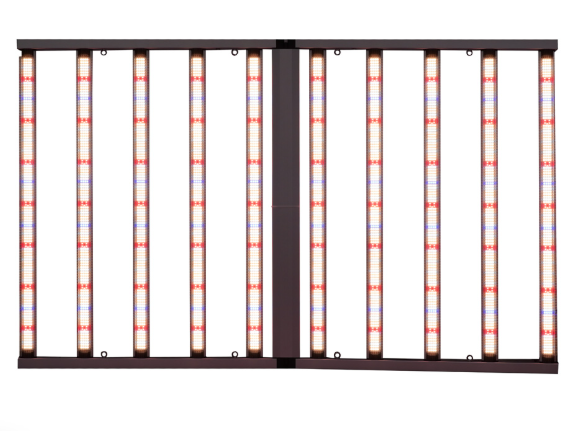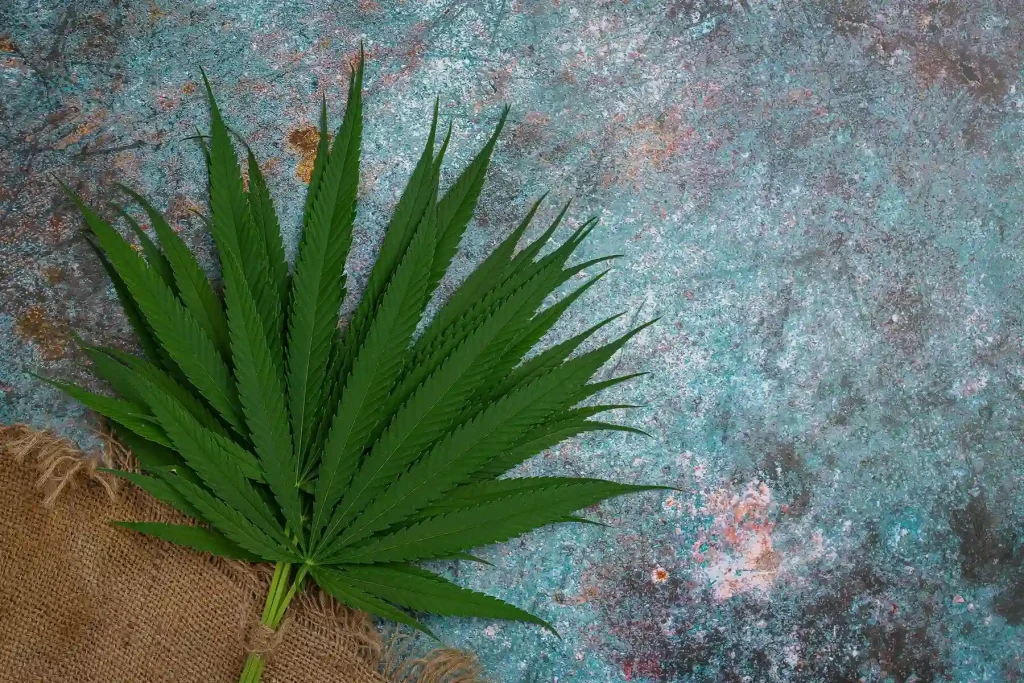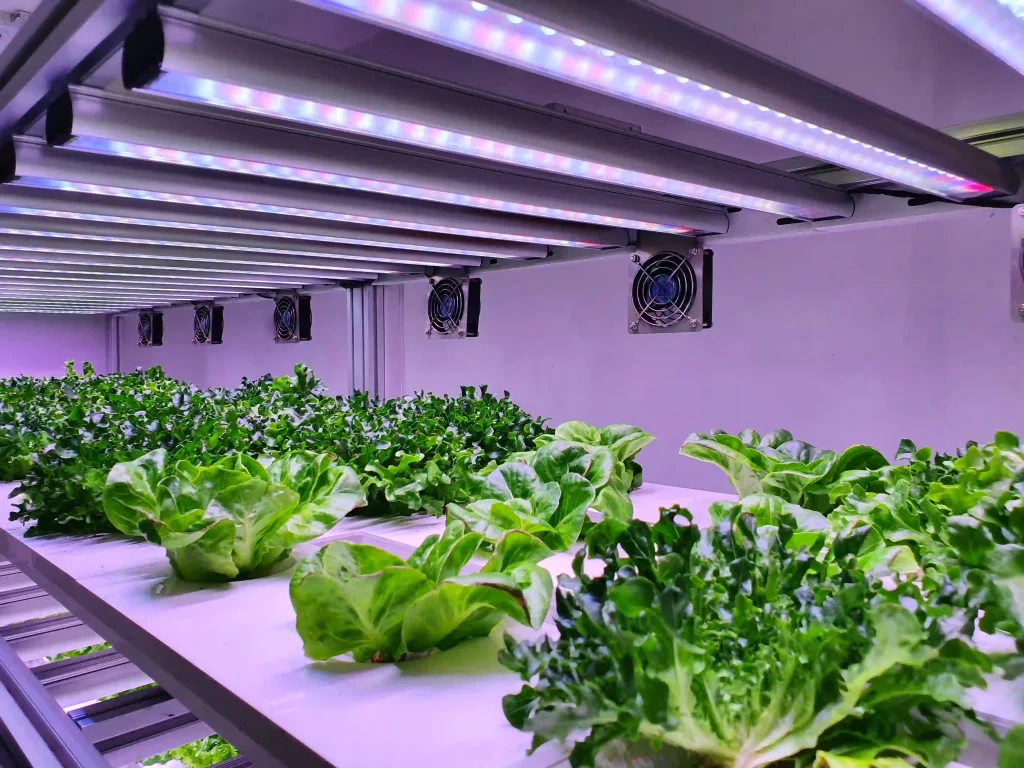Light is one of the fundamental factors influencing the growth and development of flowers. It is essential for the survival of green plants and serves as the primary source of plant life. Without adequate light, plants cannot perform photosynthesis, which leads to a deficiency in the necessary substances and energy for growth, ultimately causing them to wilt or even perish. In this article, we will delve into the various ways light affects flowering plants and why it’s vital for their development, especially in the context of using high-quality LED plant grow lights.
 The Effect of Light Intensity on Flowers
The Effect of Light Intensity on Flowers
Light intensity varies across different geographical locations due to factors such as latitude, altitude, and nearby terrain. Consequently, flowers have diverse light intensity requirements based on their growing environments. Let’s categorize the flowers based on their light intensity preferences, while emphasizing how full-spectrum LED grow lights can cater to their specific needs:
Positive Flowers These flowers thrive under bright light conditions and require sufficient sunlight for healthy growth and blooming. When deprived of light, their branches and leaves may become soft, thin, and yellow, hindering their ability to flower. Common positive flowers include:
- Jasmine
- Pomegranate
- Magnolia
- Various succulents like Aloe Vera and Cacti
For indoor cultivation of these plants, high-power LED plant lights are essential to provide adequate supplementary lighting. Using LED grow lights ensures that positive flowers receive the optimal light intensity for photosynthesis, promoting robust growth and vibrant blooms.
Negative Flowers In contrast, negative flowers prefer low-light environments. They flourish in diffuse light and can suffer from exposure to direct sunlight for extended periods. Notable examples include:
- Camellias
- Jade Plants
- Ferns
These flowers require approximately 50% shading to thrive and should be grown in well-filtered light conditions. With LED grow lights, you can adjust the light intensity to create the perfect environment for negative flowers, ensuring their healthy growth without risking sunburn.
Neutral Flowers Neutral flowers fall somewhere in between, as they do not thrive in intense light but also require more than just minimal illumination. Common neutral flowers include:
- Clivia
- Calla Lily
- Carnation
For these flowers, a balance in light exposure is critical to prevent burning or wilting. Our Andy Full-Spectrum LED Lights offer adjustable settings to meet the needs of these versatile plants.
 The Effect of Light Duration on Flowers
The Effect of Light Duration on Flowers
In nature, the duration of light varies by season and geography, significantly influencing flowering plants’ growth cycles. Let’s explore how light duration impacts different flower types, emphasizing the role of LED grow lights in extending the growing season:
Flowers Requiring Long Light Exposure Many positive flowers flourish under prolonged sunlight, typically needing around 12 hours of light daily to bloom. Examples include:
- Jasmine
- Lotus
Utilizing LED grow lights with a timer can help maintain this essential light duration, ensuring optimal blooming and growth cycles.
Flowers Requiring Short Light Exposure Short-day flowers require less than 12 hours of sunlight, blooming primarily in autumn. These flowers may become dormant in prolonged daylight, delaying their flowering cycle. Examples include:
- Chrysanthemums
- Hydrangeas
For indoor growers, LED plant lights can simulate the shorter daylight conditions these flowers prefer, encouraging timely blooming even during longer summer days.
Flowers Independent of Light Duration Some flowers, such as roses and geraniums, can bloom year-round, with their growth more dependent on suitable temperature rather than light intensity. Nevertheless, employing LED grow lights ensures they receive adequate light to thrive in any season.
The Effect of Light Color on Flowers
Different colors of light also play unique roles in plant growth and development. Full-spectrum LED grow lights effectively provide the necessary wavelengths for optimal growth:
Red Light Red light is critical for photosynthesis, promoting elongation and sugar accumulation in leaves, which aids overall growth. For flower growers, incorporating red light can enhance bloom production.
Blue Light Blue light is vital for photosynthesis and protein synthesis, facilitating chloroplast movement and nutrient absorption. When using LED plant lights, ensure a balanced ratio of blue light to support healthy foliage development.
Green Light While green light penetrates leaves effectively, its impact on growth is relatively minor, primarily enhancing photosynthesis in lower chloroplasts.
Yellow and Purple Light These colors enhance photosynthetic capacity and nutritional quality. Purple light also contributes to delaying plant aging, making it beneficial for extending the life cycle of flowering plants.
 Conclusion
Conclusion
Light is a cornerstone for the growth of flowering plants, influencing their metabolic processes and directly impacting their morphology. The interplay between light intensity, duration, and color determines the health and vitality of flowers throughout their life cycles. At Shenzhen Andy Photoelectric Technology Co., Ltd., we recognize the crucial role of light in plant growth and development. Our range of Andy Full-Spectrum LED Lights is designed to provide optimal lighting conditions, ensuring your plants receive the right spectrum, intensity, and duration needed for thriving growth.
Without light, all other growth conditions—like nutrients and water—become irrelevant. Just as food is essential for humans, light is crucial for flowers and plants. We invite you to explore our solutions to illuminate your gardening efforts and foster vibrant, flourishing blooms. For inquiries about our products and how we can assist you, please reach out to us today! Embrace the power of light and witness the transformation of your flowering plants with our state-of-the-art LED grow lights.

